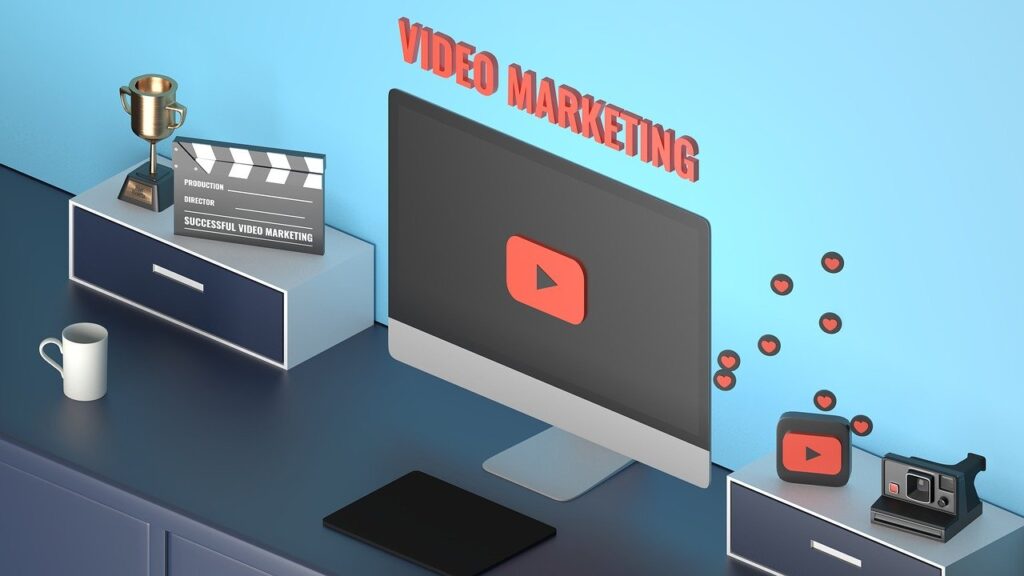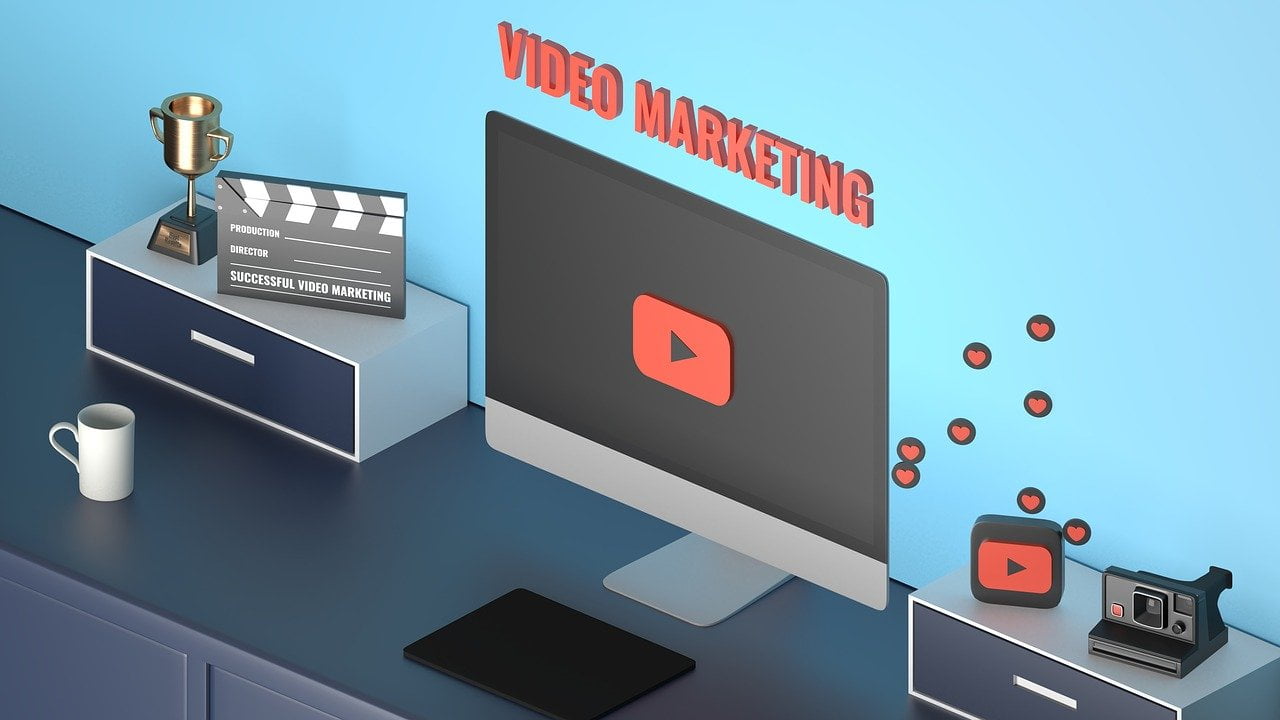

Introduction
How do ads work on YouTube? Google ads are a primary source of revenue for most YouTube channels. In fact, many creators have built successful careers by growing their subscriber bases and maintaining consistent ad integration on their channels. The paid-subscription model for many online video services is why this is possible.
But there’s also no denying that advertising can feel like an intrusion to some viewers, not just on YouTube but across the internet as a whole. There are still boundaries that remain unbreachable when it comes to brand safety and viewer experience. As a result, how you integrate ads on your channel plays an important role in its success or failure.
Read on to learn more about how ads work on YouTube, what types of ads are available, and how you can maximize your revenue potential with these tips.
There are 3 key players when it comes to YouTube: creators, viewers, and advertisers.
The interactions between the 3 are what we all want to know about when it comes to understanding how ads work on YouTube.
Creators:
Creators have total control over what content they choose to make and share with their audience. If they do see monetization potential within their content, they can edit it so that it includes ads (assuming this isn’t against any terms of service).
If you choose not to engage in monetizing your content, you can still make and upload videos without ads but there will be no revenue generated from your account because of this.
Viewers:
As a viewer, you have more control over whether or not you would like to watch an ad than creators do with whether or not they place an ad in their video itself (you could always just mute it).
If you were to watch a video that has an ad, you get a reward in the form of 2 dollars of the virtual currency called ‘Viewer Currency’.
This currency can be exchanged for real-life money via Paypal or a credit card. You can even load it onto your channel and ‘don’t have to worry about converting it’, according to their terms of service.
Advertisers:
Hosting advertisements is the way platforms make money. They receive this money from advertisers in exchange for hosting ads on their website/app of choice and in turn, distributing part of that revenue to creators and viewers who watched the ad(s). Ads will only be placed on videos if they are monetized which means only creators can decide whether or not they want ads to appear on their content or not.
YouTube has had controversies regarding its advertising options. Sponsored Content is an option wherein brands pay YouTubers and other social media influencers to promote their products within their video content.
Brands often offer larger sums for more prominent featuring of products within videos than just a simple sponsorship link with no visual representation, which makes the sponsored videos very similar to infomercials – albeit more subtle, due to most videos being under 5 minutes long and having average quality production standards that would make them look like any other video being uploaded by someone’s friend/family member.
Some channels have also been accused of ‘baiting’ viewers into watching specific content with misleading thumbnails.
What are the different types of YouTube ads? How do they work?
YouTube ads are a type of video advertising in which advertisers promote their products or brands on YouTube. Advertisers can use pre-roll, post-roll, and skippable ads to reach their target audience.
There are a number of different types of YouTube ads that advertisers can use to promote their products or brand.
These include pre-roll, post-roll, and skippable ads :
- Pre-roll ads play before the video starts and viewers have the option to skip the ad after five seconds if they don’t want to watch it.
- Post-roll ads play after the video ends and viewers cannot skip them unless they click an exit button on the screen.
- Skippable ads allow viewers to skip the ad after five seconds if they don’t want to watch it.
As you can see, there is a wide range of options to choose from with some being very specific in targeting while others are extremely broad.
The key to ad success is understanding the keywords you want your ads to appear for and how many videos those keywords relate to.
For example, if you sell running shoes and want your ads to appear when someone watches running product reviews on YouTube then your best bet will be ‘Video Game Review’, ‘Running Product Reviews’, or ‘Vlogger Reviews’ since they will be the most targeted while not being too broad in that they potentially relate to hundreds of thousands of videos.
You can also choose between six different formats that include: a basic text ad, an image ad, and video ads for both TrueView (skippable) and non-skippable formats.
These video advertisements have evolved on the site but currently come in three styles:
1:15 – The 6-second skip-able video commercial plays before the video content itself.
4:5, 3:5 – A similar format as above, this time automatically playing at several points during the video content itself.
I don’t like these due to them looking like forced ad placements because they are forced upon people as soon as they watch something they’re interested in (not exactly conducive to building good relationships with viewers).
6:15, 15:9 – A longer form commercial that is not skippable even at points it plays during video content but is set to fade in and out.
Poor Timing – Watching an Advertisement when you’re not interested in it.
Super poor timing exists on Youtube in comparison to TV. I don’t know what it is about the platform but I’ve noticed that whenever advertisements play on Youtube they are almost always worse than television advertisements since they are often aimed at a slightly different demographic that may unwittingly click on or watch the advertisement if they weren’t expecting one to start playing.
On top of this, the actual time slot for your advertising campaign is often quite poorly implemented as the default time slot for your campaign is 24 hours which inevitably means there will be periods of peak times when lots of people are watching videos and won’t see your adverts and conversely times when very few people are watching videos so there isn’t much chance of them clicking/watching either.
You can change this by setting a specific time frame, but again this means you’re also going to miss out on peak times where your target audience will be more active (as there’s no such thing as a quiet day on Youtube), so increasing or decreasing the number of daily impressions does nothing for improving how many people watch your ads, just how many times those ads play each day instead.
This inefficient use of targeting combined with less than optimal scheduling results in some pretty poor placements for ads across Youtube even though viewers might be interested in them now.
Monetization
This is a part of YouTube that is handled by Google. Monetization includes things such as sharing revenue with creators and paying for advertisements on videos through various platforms (not necessarily just YouTube).
Viewers can also have their channel monetized if they are considered to be a creator.
Viewers are sometimes given the option to purchase subscriptions through their channels as well, like PewDiePie for example.
Monetization occurs when an advertiser pays the platform that hosts their content. This serves as a form of payment for anyone who views the advertisement. These payments are then dispersed accordingly between the 3 parties involved in creating videos: creators, viewers, and advertisers.
Conclusion
YouTube is one of the largest social media sites on the Internet, and it is home to a large number of user-generated content. From clips to full-length movies, you will find something on YouTube that can get you interested.
This has been one of the most popular ways to sustain a YouTube channel and earn money as well.
Like many other social media platforms, YouTube is a place where content creators can upload their videos for other users to watch. They can also earn money through advertisements, which is how most of YouTube’s revenue is generated.
However, taking the next step and making money through monetization is not enough: you also need to build an audience.
In order to grow your YouTube channel, you will need to create engaging content. Either by creating a new video or by repurposing old content. You can also monetize a YouTube channel by placing ads in videos and by paying for views.
That’s all I have for you today, I hope you enjoyed reading and that it helps! Feel free to comment below if you have any questions or tips and share them with anyone who might need them. I wish you the best of luck!

Leave a Reply